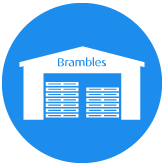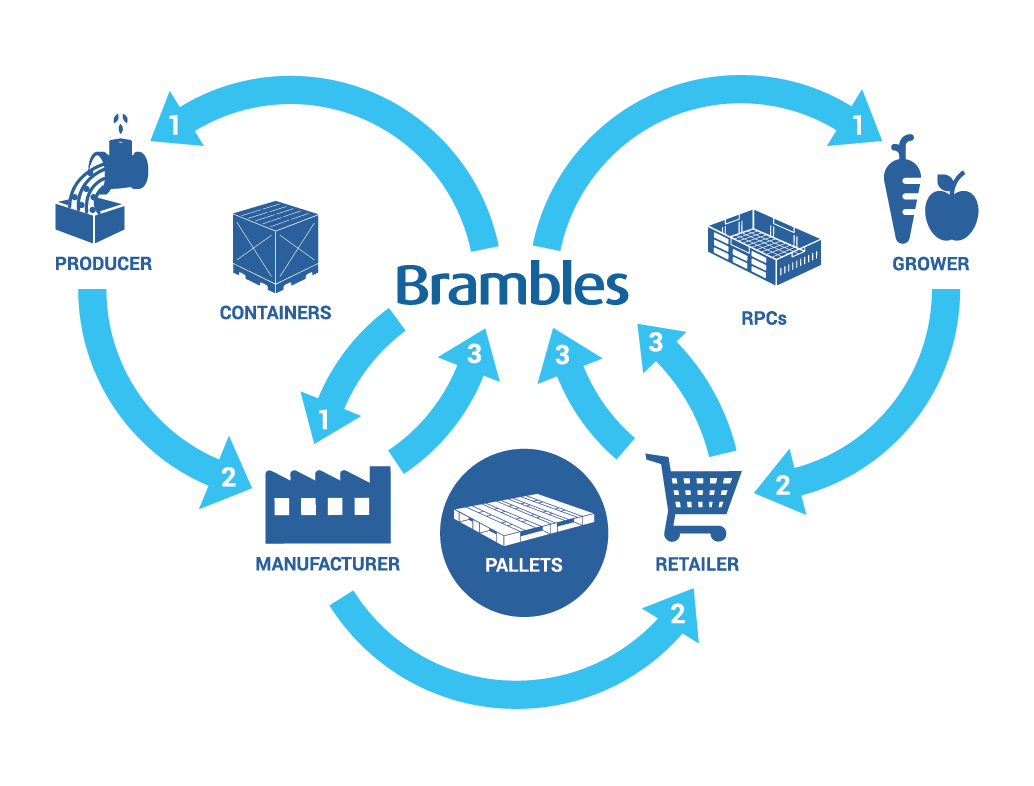Brambles at a Glance
Brambles’ purpose is to connect people with life’s essentials, every day. Through its ‘share and reuse’ model, Brambles moves more goods to more people in more places than any other organisation.
What Brambles does:
As a pioneer of the sharing economy, Brambles is one of the world’s most sustainable logistics businesses.
Its circular business model facilitates the ‘share and reuse’ of the world’s largest pool of reusable pallets and containers.
This enables Brambles to serve its customers while minimising the impact on the environment and improving the efficiency and safety of supply chains around the world.
Brambles’ platforms form the invisible backbone of global supply chains, primarily serving the fast‑moving consumer goods, fresh produce, beverage, retail and general manufacturing industries.
The world’s largest brands trust Brambles to help them transport life’s essentials more efficiently, safely and sustainably.
As at 30 June 2020, Brambles:

Operated in... ~60countries

Owned... ~330 millionpallets, crates and containers

Employed... ~12,000people

Through a network of... 750+service centres

Operating Model
Brambles manages the world’s largest pool of reusable pallets and containers. As a pioneer of the sharing economy, Brambles promotes the shared use of its platforms among multiple supply chain participants under a circular ‘share and reuse’ model known as pooling.
read more
Strategic Priorities
Brambles is committed to being the global leader in platform pooling and insight‑based solutions to fast-moving supply chains delivered through its circular ‘share and reuse’ model. Having introduced the platform pooling model around the world, Brambles is re-invigorating it for the supply chains of tomorrow.
read more
Our 2020 Sustainability
Goal Achievements
Brambles’ global leadership position in sustainability is built on the foundation of our comprehensive sustainability programme, which covers environmental, economic and social aspects through its Better Business, Better Planet and Better Communities structure.
read more

